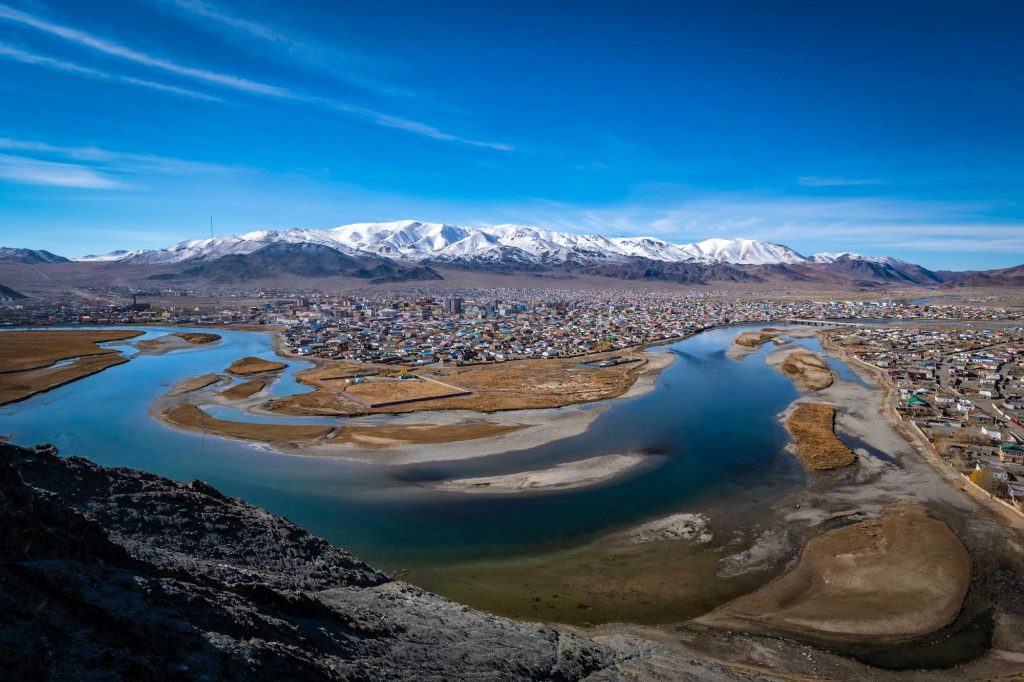The more we build, the more we disrupt natural water systems, calling into question whether we’ll have enough to sustain growing city populations. Prioritising water management and blue infrastructure will enable urban environments to prosper in the face of unpredictable weather conditions. We take a sweeping look at how this benefits our security, economy, equity, and relationship with the natural world.
A Flood Secure City is a Healthy City
Of all natural hazard events since the mid-1990s, 43% were floods. According to the OEDC, flooding affects 250 million people and costs around $40 billion USD of damage each year worldwide. Among a full roster of problems, it carries disease, displaces populations, and destroys property and infrastructure.
Changing our relationship with the wet stuff and implementing urban water management measures help us not only deal with a surge in H20 but even use it to our advantage.
Green infrastructure that includes green roofs, vertical gardens, urban farms, and parks are all proven civil engineering solutions and proven winners in the fight against excess water and support climate adaption.
Vegetation drinks the water up, so the more we have present, the less we need to worry from the effects of flooding.
Even the soils provide bioretention, and the grasses, plants and tress hold these soils together, minimising the threat of mudslides in periods of heavy rainfall.
Intelligent use of blue infrastructure in a city provides respite from extreme heat caused by tar and cement absorbing and releasing heat. Water games, drinking fountains, mist coolers, and municipal or wild swimming arenas keep citizens refreshed, entertained, exercised, and economically active.
Water sensitive cities give us an opportunity to conserve the supply during wet seasons to prevent the catastrophic results of drought at other times.
For example, the duel-purpose renovated Benthemplein in a neighbourhood in Rotterdam, the Netherlands, houses a ‘water square’ – a flood defense capable of storing up to 1.7 million litres. At other times, it’s hidden in plain sight as a sports facility.
Preparing for floods cuts the need to mop up the mess they cause, or for costly emergency evacuation operations. So, a water-ready city is a healthier city, making it cheaper to protect and run.
And who would have thought that a bit of blue-green can be a life preserve even at times of calmer weather? As seen in Indianapolis, bioswales safely channel and absorb copious amounts of H20 and act as carbon storage. Cleverly, though, it forms a natural safety barrier, dividing cars from cyclists and pedestrians.
Pollution (and Solutions)
Excess water washes a baffling cocktail of pollutants into a city’s waterways. Contaminants that we return to nature through runoff include vehicle oils, grass cuttings, fertilisers, poisons, medication, and micro-plastics. This poisons wildlife, rising up the food chain, and infects our own water supply.
A long-term vision from water resource planners can drastically reduce the problem of where water goes, but also how much requires treatment – or, worse, goes untreated!
The nature-based infrastructure we install has the capacity to cleanse low-impact impurities from water as it filtrates through roots and soils, restoring water quality without interception and relaxing strain on the public purse.
For more stubborn or toxic waterborne particles, adequate provision of treatment plants in a city – using biological and mechanical processes – make grey– and wastewater suitable to be returned safely to ecosystems.
However, the World Bank recommends a shift from treatment to resource recovery, by repurposing the water and impurities we remove for reuse in agriculture, energy production, and human consumption – a much more efficient process.
Reducing the volume (and toxicity) of water we use and subsequently send down the sewer system both makes economic sense and reduces the risk of overflow, which causes sewage to mix with stormwater and enter natural waterways.
Using Blue to Save the ‘Greens’ – Economic Benefits
By making more water available through circular economy principles we lay the foundations for a fairer distribution of resources and a more sustainable society.
Planning and investment channelled into modern technologies and nature-based solutions create a ‘closed loop’ system, whereby rainwater and wastewater can be utilised and reused to meet all daily needs. This preserves valuable potable water for drinking.
An example of this is the redistribution of output from washing machines and showers, which can be reused to safely irrigate gardens and urban farms. As the cost-of-living crisis looms, growing your own veg seems very appealing.

Water as an Energy Resource
On the topic of reuse, the more cities that shift to hydropower, the cleaner our environment becomes and the more affordable the tech will become – as we’ve seen with solar power. A city that acts now will be better prepared to offset deteriorating climate conditions.
Even in regions facing water stress, research into circular alternatives may prove to release us from fossil fuel dependency.
The United Nations ‘Water and Energy Report’ from 2014, for example, explains how wastewater can also be a viable source of renewable energy and still sustain a strong and growing economy.
Managing the water sloshing around in our cities can also have positive impacts for individuals, too.
Only 12% of American homeowners are insured against floods despite a 26% risk, compared with 9% for fires. Water resilience at a city-wide scale can save the devastation of families being forced to abandon their homes, losing all they own, and facing stressful insurance claims and lengthy cleanup operations.
An Equitable Supply: Sanitation and Thirst
There is a financial incentive for municipalities to invest in considerate management measures. They have the power to create balance, underpinning better health and life opportunities in societies where access to and quality of water is not shared equally.
CityChangers like Panchali Saikia are working at a governance level to secure safe access to hygiene and sanitation facilities for women and girls, particularly in informal settlements where urban sprawl outpaces cities’ capability to lay functioning infrastructure, especially prevalent in economically emerging nations.
“A safe water supply is the backbone of a healthy economy.” That’s Unicef’s opening line arguing that clean water is a universal human right.
We’re still a long way off. Millions in India alone drink down “[c]hemical contamination of water, mainly through fluoride and arsenic” daily, Unicef say.
But not the wealthy, obviously. The privileged can afford to have fresh water driven to them in tanks, indicative of a cynical inequity at play throughout the world’s urban spaces.
However, this idea has been turned on its head in cities like Nairobi, Kenya. Vending machines are filling the gap where water providers have chosen to ignore the needs of slum residents and fail to invest in maintaining supply pipes.
Through these pay-as-you-use devices, locals can purchase fresh, affordable water of a reliable quality, reducing reliance on the cartels known to financially and sexually exploit local populations for a supply which is often unsafe to drink.
Success of initiatives such as this requires cooperation between water companies and governments. Therefore, we’re seeing water act as a catalyst for more joined-up working across diverse stakeholder groups – which is itself a promising forecast for dealing with the challenges cities will face in future.
The Case for Urban Water Management in a Nutshell
Water is our most valuable and in-demand resource but also an uncontrollable force. Incorporating thought-through blue-green infrastructure into urban planning and design will set humankind on course to have little to fear from too much or too little water as climate change takes hold in the forthcoming decades.
If cities invest in better governance and the measures that are proven to retain, redistribute, conserve, cleanse, and efficiently (re)use urban water, we will create more equitable places to live even as populations increase and demand for water booms.
For some quick tips on how to conserve and repurposing the water you’re using at home, head over to our article about water efficiency.


